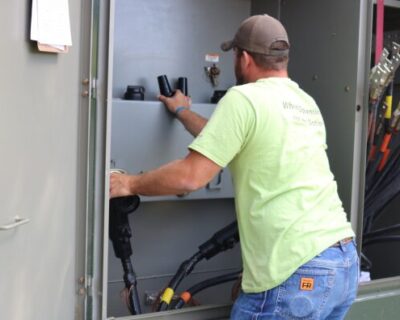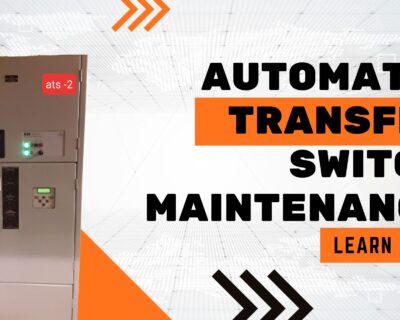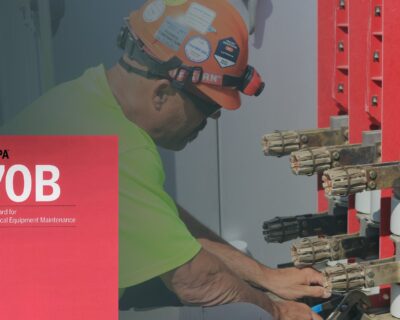Learn
Why you should have an Electrical One line diagram
Posted on
August 10, 2023
in

Everyone should have an up-to-date one-line diagram of their facility. If you do not have a one-line or electrical renovations have occurred since it was created, then an electrical system audit should occur, and the one-line be created/updated. There are a variety of reasons why this should be done, including:
- Safety Hazards: One-line diagrams are the starting point for power system maintenance, troubleshooting, and safe operation. Performing these tasks without a one-line diagram can lead to electrical hazards, which may result in injury or worse to site personnel and damage to electrical equipment.
- Code Compliance: Occupational Health and Safety Administration (OSHA) and the National Fire Protection Association (NFPA) enforce regulatory requirements related to electrical safety and system documentation. Having a one-line diagram is a requirement of these regulatory organizations and enables proactive measures to mitigate risks and maintain a safe working environment. Not complying with the requirements of these organizations may result in penalties such as fines and/or impede operations.
- Higher Electrical Service Costs: Without a one-line diagram, it can be more difficult and time-consuming to perform maintenance tasks and power system studies. They aid engineers in efficiently designing and assessing power systems. Also, electricians and maintenance personnel rely on one-line diagrams to operate and troubleshoot efficiently. By not having an up-to-date one-line diagram it can lead to increased downtime, higher maintenance costs, and higher engineering costs.
Overall, not having an up-to-date electrical one-line diagram can lead to safety hazards, equipment failure, increased downtime, compliance issues, and higher maintenance costs. It is important to ensure that the electrical one-line diagram is up-to-date and accurate to prevent these problems.
If you want to learn more about Electrical One Line drawings and the importance they have on your facility, read our white paper “Why, What, When, and Who of Electrical Maintenance“.






